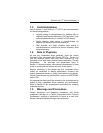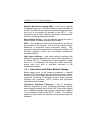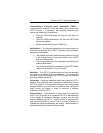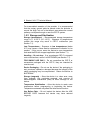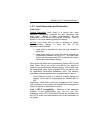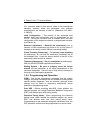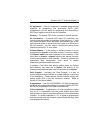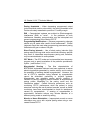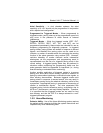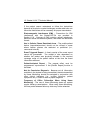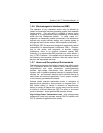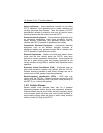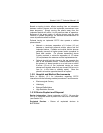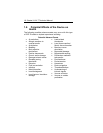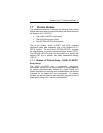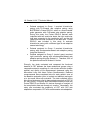
Stratos LV/LV-T Technical Manual 11
Atrial Sensitivity – In dual chamber systems, the atrial
sensitivity of 0.1 mV should only be programmed in conjunction
with a bipolar lead configuration.
Programmed to Triggered Modes – When programmed to
triggered modes, pacing rates up to the programmed upper limit
may occur in the presence of either muscle or external
interference.
Triggered Modes – While the triggered modes (DDT, DVT,
DDTR/A, DDTR/V, DDI/T, VDT, VVT, and AAT) can be
programmed permanently, these modes are intended for use as
temporary programming for diagnostic purposes. In triggered
pacing modes, pacing pulses are emitted in response to sensed
signals, and therefore the pacing pulse can be used as an
indicator, or marker of sensed events for evaluating the sensing
function of the pulse generator using surface ECG. However,
real-time telemetry of marker channels and/or intracardiac
electrogram via the programmer and programming wand is
recommended over the use of a triggered pacing mode in the
clinical setting. A triggered pacing mode may be preferred in
situations where positioning the programming head over the
pulse generator would be impossible or impractical (i.e., during
exercise testing or extended Holter monitoring).
Another possible application of triggered modes is to ensure
pacing as a short term solution during a period of inhibition of
pacing by extracardiac interference, mechanical noise signals, or
other sensing abnormalities. Because triggered modes emit
pacing pulses in response to sensed events, this may result in
unnecessary pacing during the absolute refractory period of the
myocardium, inappropriate pacing in response to oversensing of
cardiac or extracardiac signals. The risks associated with
triggered pacing include excessive pacing, arrhythmias due to
the R-on-T phenomenon, and early battery depletion. Therefore,
it is important that the triggered modes are not used for long
term therapy, and that the CRT-P is always returned to a non-
triggered permanent program.
1.5.5 Home Monitoring
Patient’s Ability - Use of the Home Monitoring system requires
the patient and/or caregiver to follow the system instructions and
cooperate fully when transmitting data.



